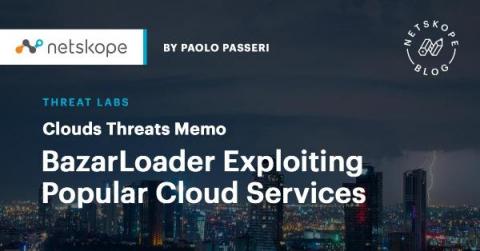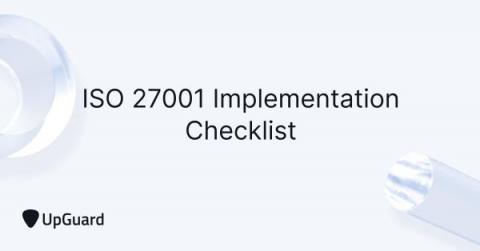How can I secure my iOS app's code?
iOS is the operating system which powers Apple’s iPhone devices, and includes the special version iPadOS which runs on iPads. Apple claims it to be particularly secure, at least partly as a result of the limitations they place on what it is able to run. But regardless of how secure the OS is, apps built for it still need to be written in a secure way. Getting it wrong will leave your customers vulnerable.








